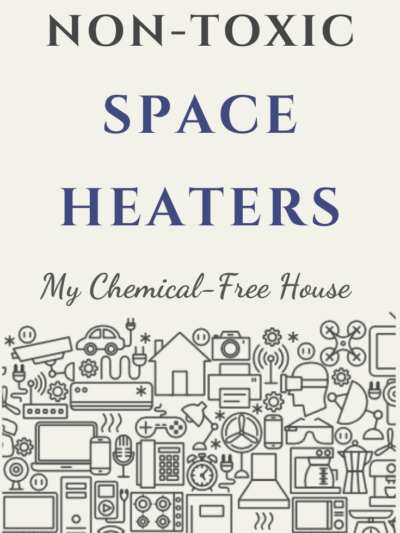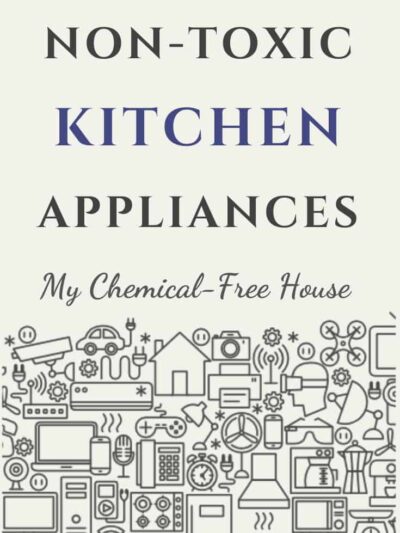Heaters for the Chemically Sensitive – Low Offgassing Options 2024
This post looks at space heaters, emergency heat options, and regular home heating systems for the chemically and mold-sensitive. Generally, space heaters with fans are the most difficult type for the chemically sensitive.

